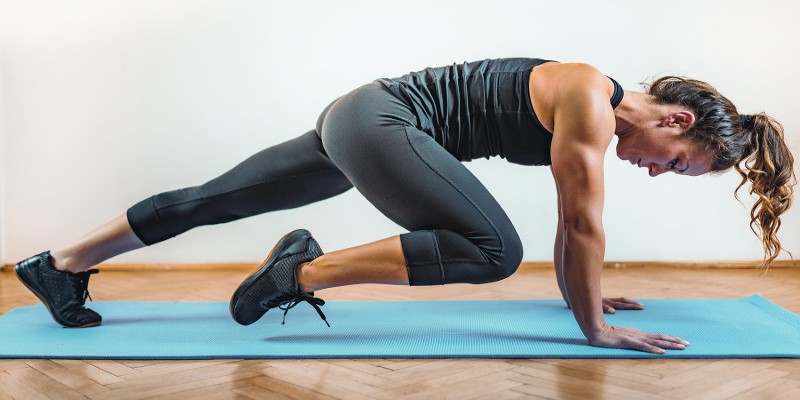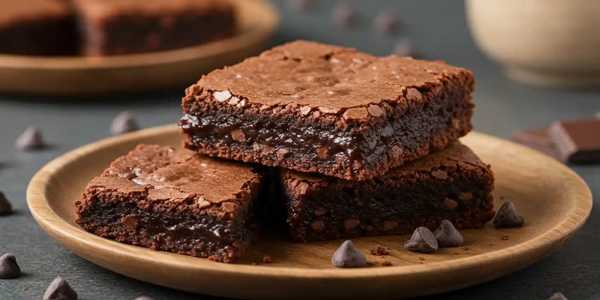Tried every fitness plan under the sun and still not seeing the fat loss you were hoping for. Let’s face it: losing fat isn't just about sweating buckets or cutting carbs. It’s about strategy, sustainability, and finding a rhythm that works for you. Many people jump into intense workout routines only to burn out within a few weeks. Others stay consistent but don’t see changes because the routine lacks the right structure.
So, how can you design a workout routine that actually supports fat loss—and keeps you motivated long-term? Here’s what you need to know, broken down step by step.
Start With One Simple Question: What’s Your Why?
Before anything else, take a moment and ask yourself—why do you want to lose fat?
Maybe you want to feel more confident in your clothes. Maybe it’s about boosting energy, improving health, or simply feeling lighter and stronger in your own skin. Whatever your reason is, keep it front and center. That’s your anchor. Whenever motivation dips (and it will), coming back to your "why" helps you stay on track.
Cardio vs. Strength Training: Do You Really Need Both?

Here’s a common myth: “If I want to lose fat, I need to do endless cardio.”
Not quite.
Cardio definitely has its place—it burns calories, boosts heart health, and supports fat loss. But relying only on cardio is like trying to build a house with just a hammer. You need more tools.
Strength training is where the real magic happens. Why? Because building lean muscle boosts your resting metabolic rate. That means you burn more calories even when you're chilling on the couch.
The sweet spot? A combo of both. Think of 3–4 days of strength workouts and 2–3 sessions of moderate cardio a week (walking, cycling, swimming, etc.). You don't need to go extreme—just be consistent.
Let’s Talk About Strength Training (And Why It’s Not Just for Bodybuilders)
You don’t need to lift like a pro athlete to get results.
A good strength workout for fat loss focuses on compound movements. These are exercises that work multiple muscle groups at once, making your sessions more efficient and calorie-torching.
Here are some go-to exercises to include:
• Squats – Works your legs, glutes, and core
• Deadlifts – Full-body movement with emphasis on hamstrings and back
• Push-ups – Chest, shoulders, arms, and core
• Lunges – A great leg and glute sculptor
• Rows – Back and arm strength with posture benefits
You can do bodyweight versions to start. As you progress, add resistance—dumbbells, kettlebells, or resistance bands. Two to four sets of 8–12 reps per move is a great place to begin.
Build a Weekly Workout Plan You Can Stick To
This is where a lot of people trip up—they overcommit. Instead of trying to hit the gym six days a week, build a plan that fits your actual lifestyle.
Here's a beginner-friendly fat-loss routine template:
Day 1 – Full-body strength training
Day 2 – Cardio (brisk walk, bike ride, or swimming)
Day 3 – Rest or active recovery (like yoga or stretching)
Day 4 – Lower body strength training
Day 5 – Cardio (intervals or steady-state)
Day 6 – Upper body strength training
Day 7 – Rest
Feel free to shift days around. The goal is progress, not perfection.
Don’t Sleep On NEAT: The Sneaky Fat-Burner
Ever heard of NEAT? It stands for Non-Exercise Activity Thermogenesis. Fancy term, simple idea—it’s all the calories you burn during the day that aren’t from structured exercise.
Think walking the dog, taking the stairs, cleaning the kitchen, and pacing while on a phone call.
Here’s the kicker: NEAT can make up a big chunk of your daily calorie burn. So, move more throughout the day—even small tweaks like parking farther from the store or standing up every hour can add up in a big way.
The Role of Nutrition (Because You Can’t Outrun the Fork)
No workout routine can make up for poor nutrition. If fat loss is your goal, what you eat plays a major role.
You don’t need to follow a restrictive diet. In fact, the best eating plan is one you can actually enjoy and stick with.
Here are a few tried-and-true principles:
• Prioritize protein (chicken, tofu, fish, lentils) to keep you full and support muscle growth
• Fill half your plate with colorful veggies
• Choose whole, minimally processed foods most of the time
• Be mindful of portion sizes and liquid calories
• Stay hydrated—water helps with digestion and energy levels
If you're unsure where to start, just focus on eating a bit more slowly. That simple habit can help you tune into hunger cues and naturally reduce overeating.
What About HIIT?

HIIT (High-Intensity Interval Training) has become a buzzword—and for good reason.
Short bursts of intense exercise, followed by brief rest periods, can be effective for burning calories and improving cardiovascular fitness in less time. A 20-minute HIIT session can often do more than a steady 45-minute jog, depending on your effort.
However, don't overdo it. HIIT is intense, and doing it every day can lead to burnout or injury. Two sessions a week are plenty for most people. Focus on form, rest when needed, and use HIIT to complement your weekly plan—not dominate it.
Make It Enjoyable (Or You’ll Quit)
Here’s the deal—if you hate your workout routine, it won’t last.
You don’t need to follow trends or do what others are doing on social media. If you love dancing, go for Zumba. If you're into nature, try trail hiking. If lifting weights makes you feel powerful, embrace it.
Enjoyment = consistency. Consistency is what leads to results.
Ready To Build Yours?
Designing a workout routine that supports fat loss doesn’t need to be complicated or miserable.
Start with your “why,” mix strength and cardio, move throughout your day, fuel your body well, and—most importantly—make it enjoyable.
Fat loss isn’t just about looking a certain way. It’s about feeling better, moving better, and living stronger. You’ve got everything you need to begin—now build that plan and take the first step forward.




